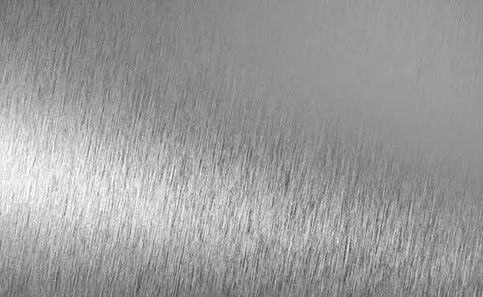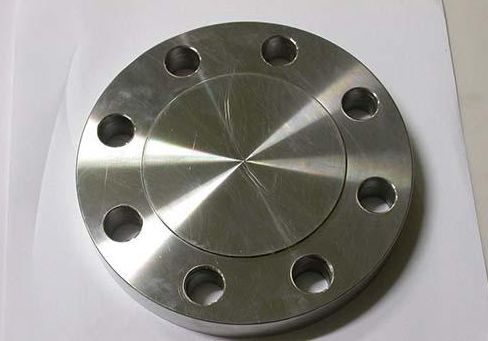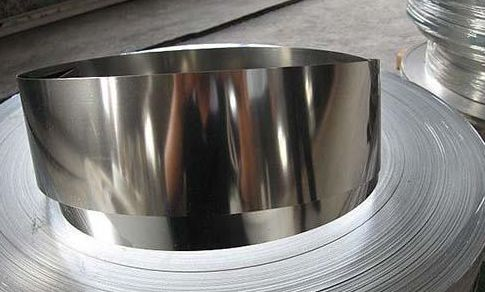Metallographic examination of stainless steel
Nov. 10, 2023
Metallographic examination of stainless steel
Stainless steel is a type of high alloy steel that can resist corrosion and has high stability in air or chemically corrosive media. Stainless steel has good corrosion resistance and a beautiful and smooth surface. It does not need to undergo surface treatments such as color plating, but can utilize the inherent surface properties of stainless steel and is used in many aspects of steel.
From a metallographic point of view, because stainless steel contains high chromium, chromium forms a very thin chromium film on the surface. This film isolates the oxygen that invades the steel, thus providing corrosion resistance. In order to maintain the inherent corrosion resistance of stainless steel, the steel must contain more than 12% chromium (GB/T 20878). Let’s analyze the detection of stainless steel below.

One. Stainless steel testing classification
1. Classification by chemical composition:
① Cr-based stainless steel
② Cr-Ni series stainless steel
③ Cr-Ni-Mo series stainless steel
④ Cr-Mn-Ni series stainless steel, etc.
2. Classification based on metallographic structure:
① Austenitic stainless steel (200 series, 300 series)
② Ferritic stainless steel (430, 446, etc.)
③ Martensitic stainless steel (410 series, 420 series and 440C series)
④ Duplex stainless steel (Cr18, Cr23, Cr22 and Cr25)
⑤ Precipitation hardened stainless steel

Two. Stainless steel detection and metallographic inspection
1. Preparation of specimens
The preparation process of stainless steel metallographic specimens is basically the same as that of high alloy steel. Among them, the matrix structure of austenitic stainless steel is soft, has high toughness and is prone to work hardening. It is difficult to prepare samples. During the polishing and grinding process, it is easy to produce mechanical slippage and disturb the metal layer structure, which affects the normal metallographic structure. Analysis and inspection. Improper sample preparation of semi-martensitic steel will cause austenite to transform into martensite, so the sample preparation should not cause the sample to generate high heat. The polishing force should not be too large and the polishing time should not be too long.
2. Chemical attack
Stainless steel has high corrosion resistance, so the corrosive agent used to display its microstructure must be highly corrosive in order to clearly show the structure. The appropriate etching agent should be selected according to the composition and heat treatment status of the steel.
Commonly used corrosive agents include:
5g high-speed iron chloride + 50ml hydrochloric acid + 10ml water; (applicable to A stainless steel and F-A stainless steel)
Hydrochloric acid 10ml+nitric acid 10ml+alcohol 100ml;
4g picric acid + 5ml hydrochloric acid + 100ml alcohol; (samples that are difficult to corrode can be heated in a water bath)
Hydrofluoric acid (5%) 1ml + nitric acid (5%) 4ml + water 45ml;
In addition, ferrite, austenite, carbide, delta ferrite, σ phase, etc. may appear simultaneously in stainless steel, which can be distinguished through chemical etching. In terms of morphology, the austenite structure has twins, and the iron The ferrite is often in the shape of ribbons or dendrites; after being corroded with red blood salt potassium hydroxide solution (red blood 10g-15g + NaOH 10g-30g + water 100mL, boiled at 60-90°C), the ferrite becomes rose-colored and austenitic. The body is bright in color. After etching with alkaline potassium permanganate, the carbide is light brown and the σ phase is orange-red.

Three. Commonly used stainless steel testing standards
1. Non-metallic inclusions: GB/T 10561, ASTM E45
2. Grain size: GB/T 6394, ASTM E112
3. F content: GB/T 13305-2008
4. Precipitation test of σ brittle phase in F-A duplex stainless steel: ASTM A923 Others: GB/4234-2003









